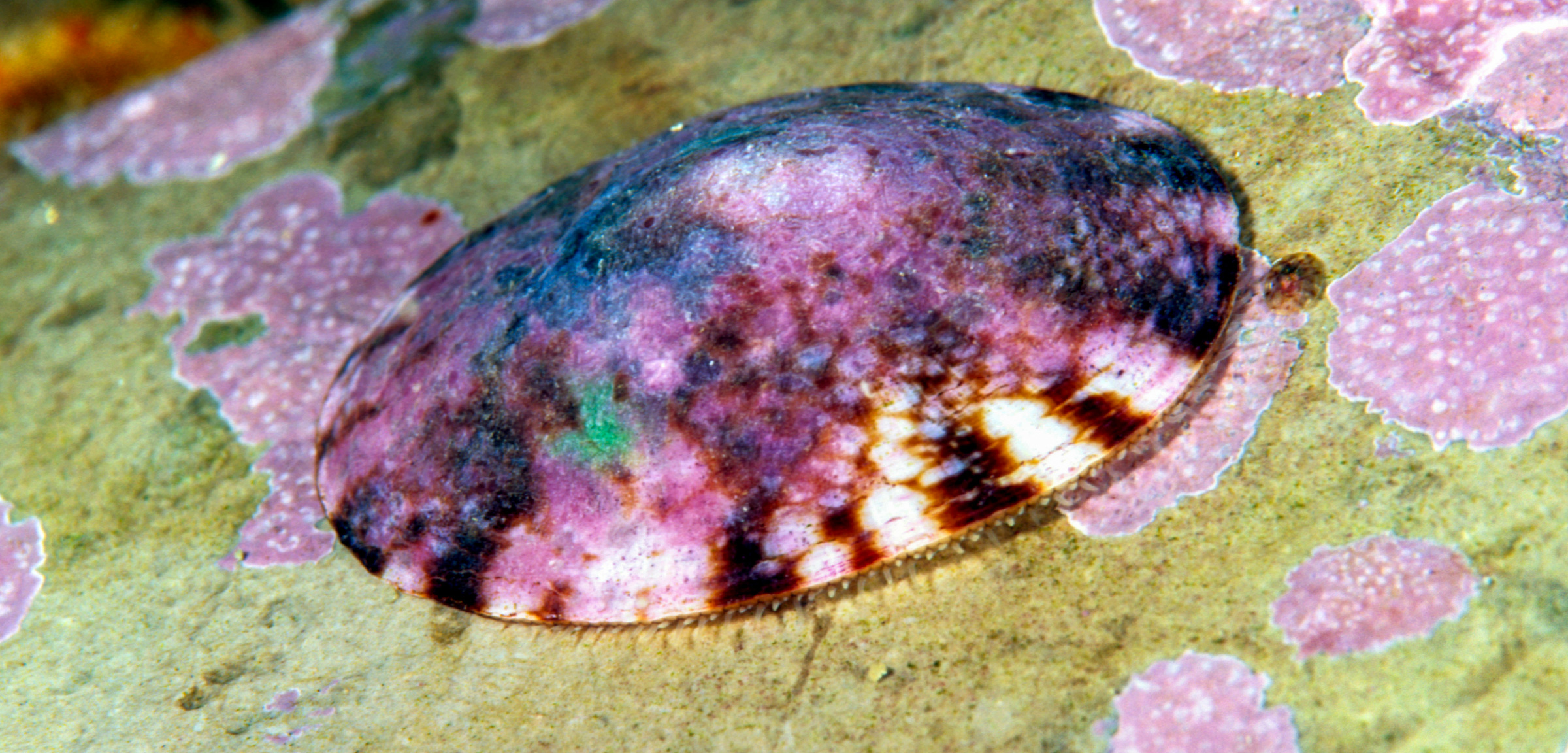Owl Limpets Struggle to Keep a Grip
Warmer weather may be making it harder for the gastropods to hold onto the shore—and easier for birds to pluck them off.
Article body copy
With their days spent grazing on algal film, owl limpets lead uneventful lives—unless, that is, they meet a black oystercatcher. As if levering off a metal cap with a bottle opener, the shorebird uses its distinctive orange bill to pry the limpets off their rocky homes, then flips them over and devours their newly exposed innards.
Unfortunately for the limpets, a new study has revealed that the higher the temperature, the easier it is for oystercatchers to overturn them.
Gastropods, including limpets, feel the heat during warm weather and stay cool by lifting their shells to let in the sea breeze. But some scientists wondered if hotter temperatures were impacting these gastropods in other ways—potentially inhibiting their ability to keep a grip on the rocky shore.
Jennifer L. Burnaford, a marine biologist at California State University, Fullerton, and her colleagues tested this by first obtaining temperature data from limpet habitats at nearby Dana Point in Orange County, and then measuring the typical force employed by oystercatchers to detach their favorite gastropods. To do that, the team built a custom force meter, hid it under an empty limpet shell, and enlisted the help of Squeakers, a captive oystercatcher living at a nearby wildlife refuge.
After feeding the bird over three dozen owl limpets to whet his appetite, the team offered him their fake gastropod. “It would try to remove the limpet from the rock, which it couldn’t, because it was just a limpet attached to a force meter,” says Burnaford.
Armed with the knowledge of how much force Squeakers employs, the researchers then tested the muscle strength of owl limpets under heat stress, repeating the experiment with Squeakers at steadily increasing temperatures. As a control, the team used a 3D-printed replica of an oystercatcher’s bill to pry off the limpets at identical temperatures and levels of force.
After serving Squeakers nearly a dozen owl limpets on a tray, the team found the oystercatcher could dislodge the gastropod six times faster in warmer conditions than in cooler ones. For Stephen Hawkins, a marine biologist and limpet expert at England’s University of Southampton who was not involved in the study, the paper not only raises interesting questions about the vulnerability of owl limpets to predation, but also the ecological future of intertidal zones during climate change.
“If [limpets] get killed either directly or indirectly due to hotter temperatures, then the whole shore will get restructured,” Hawkins explains, as these gastropods play a vital role in controlling algae. Without limpets, algae can bloom unchecked, creating a monoculture that shuts out other organisms. As rising temperatures enable oystercatchers to feast on limpets, California might get greener—in all the wrong ways.

